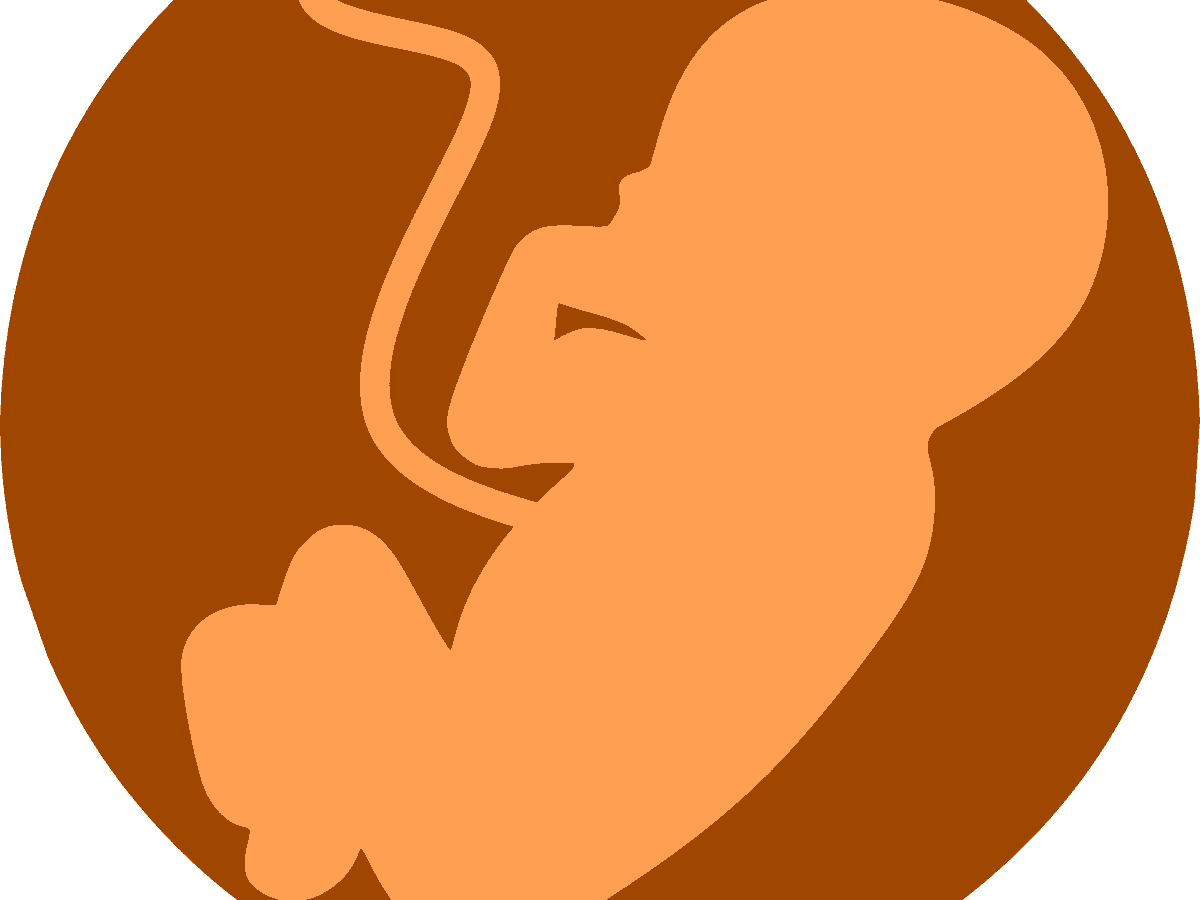
In Vitro Fertilization (IVF) has become the most popular method of Artificial Reproduction. Technologies worldwide with IVF services are likely to grow globally from $17.37 billion in 2022 to $43.97 billion in 2027, according to a global analyst firm.
The global fertility tourism industry itself is expected to grow by 30 percent which was at US $ 417.5 million in 2021.
Fertilizing the egg outside the body is the process of IVF, which is the most prevalent and effective form of ART and is supposed to contribute more than 95% of the total ART revenue.
The practice of freezing eggs, sperm, and embryos for IVF is becoming popular.
Today fertility clinics/hospitals and surgical centers are closely tied with cryo-banks and fertility benefits service providers.
Pre-implantation genetic testing success rates have improved leading to better outcomes.
At the cutting edge is the possibility of using Artificial intelligence (AI) to select the best embryo for transfer.
While 186 million people are estimated to be infertile worldwide governments in the developing world mostly burdened with the population problem hardly give any priority to infertility as a part of their public health schemes.
Infertility
Infertility in males is caused commonly due to problems in the ejection of semen, absence or low levels of sperm, or abnormal shape (morphology) and movement (motility) of the sperm.
In the female reproductive system, infertility is commonly caused by abnormalities of the ovaries, uterus, follicular disorders, blocked fallopian tubes, and disorders of the endocrine system causing imbalances of reproductive hormones.
There are various other factors that also affect fertility like environment and lifestyle factors such as smoking, excessive alcohol intake, and obesity.
It’s virtually a fundamental right of every individual and couple to decide the number, timing and spacing of their children.
Infertility in male-dominated societies makes women suffer from depression, social stigma, violence, and even divorce.
To be able to prove their fertility is a part of the social norms and status for all married couples, because of the high social value of childbearing.
Diagnosis and treatment of infertility are not a priority for governments that are busy tackling the population boom. It is only recently with number of countries including India showing trends of infertile couples increasing that the whole problem of infertility too is getting national attention.
Infertility treatment
The high cost of infertility treatment poses a major challenge for governments.
According to an estimate more than 5 million children have been born artificially worldwide since the techniques have become available.
However, the techniques are mostly not available or affordable in low and middle-income countries.
According to WHO, governments must make, enabling laws and policies that regulate third party reproduction and ensure that universal access to ART (Artificial Reproduction Technologies) is available without discrimination to protect and promote the human rights of all parties involved.
The WHO says, “Once fertility policies are in place, it is essential to ensure that their implementation is monitored, and the quality of services is continually improved.”
Infertility in a couple is declared when there is the failure to achieve a pregnancy after 12 months or more of regular unprotected sexual intercourse.
India has a population of as many as 27.5 million infertile people, including men and women, according to the Indian Society of Assisted Reproduction ( ISAR).
One in every fifteen Indian couples struggles with infertility
Various factors are responsible for infertility like late marriages, stressful lifestyles, obesity, smoking and drinking.
According to ISAR, around 20% of known cases of infertility contain defective sperm, while 40–50% are primarily caused by abnormalities of the female reproductive system.
One of the reasons for infertility is endometriosis which interferes with the implantation of the fertilized egg as it damages the uterine lining.
Uterine polyps or tumours that block fallopian tubes or interfere with implantation can also have an impact on fertility.
Various methods of artificial insemination are prevalent today like IUI (Intrauterine Insemination) in which while a woman is ovulating, sperm is retrieved and deposited within her uterus, IVF (In Vitro Fertilization)which involves gathering sperm and egg and combining them in a laboratory and then implanting the developed embryo after a few days in the uterus.
A more effective method is ICSI(Intracytoplasmic sperm injection) that involves injecting a single sperm straight into a mature egg to fertilize it.
Indian population
With a current population size of 1.37 billion India has the second largest population in the world. By 2027, India is expected to overtake China to become the most populous country
However, there is a downward trend in the population growth rate. An analysis of the Indian Census data on population confirms a declining growth rate over the decades among all religious groups.
The decadal growth rate i.e. the population growth rate over the 10-year period, declined from 21.5% over 1991-2001 to 17.7% in 2001-2011. The Total Fertility Rate-(TFR, the average number of children born to a woman), which was as high as 6 or more in 1950s came down to 2.2 in 2015-16.



